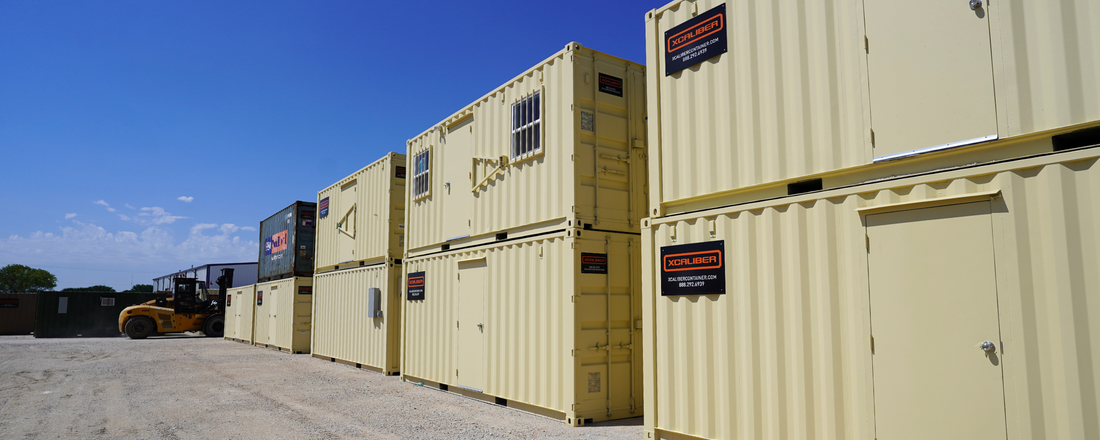Imagine a world without shipping containers—how would goods be transported? The shipping container is a remarkable invention, transforming the global trade landscape. Almost every item in houses, stores, and workplaces experienced the distribution network of shipping containers.
Before shipping containers existed, people transported goods with barrel crates and boxes. Due to the lack of efficiency and limited size, Malcolm McLean, an American businessman, created the idea of a standard shipping container. During the 1930s, McLean owned a trucking company, but his brilliant mind sought ways to improve shipping efficiency and flexibility. His idea was inspired by observing his company’s employees load and unload goods and finding the process unproductive. McLean worked with Keith Tantlinger, an American mechanical engineer, to create the design.

Malcolm McLean
While McLean worked on the idea, the U.S. Army knew that to be effective, it had to find a way to easily transport supplies to the front lines during World War II. Defense teams began using small containers to deliver guns, bombs, meals, and other supplies. It became clear that standardization was the key to transport efficiently.
McLean used the U.S. Army’s idea as inspiration and expanded the size of the containers. In 1956, McLean introduced the world’s first commercially viable shipping container—8 feet long, 8 feet wide, and 10 feet tall. The first container's name was Ideal X and traveled from Port Newark to Houston.

McLean’s innovation sparked the concept of containerization, promising streamlined logistics, reduced pilferage, and an end to inefficiencies delaying global trade. The breakthrough came in 1961 when the International Organization for Standardization (ISO) established the container standards, ensuring uniformity in sizes, strength, and specifications.
CHANGES TO SHIPPING CONTAINERS
The introduction of larger containers, such as the 40-foot and 45-foot variants, allowed for increased cargo capacity. Specialized containers, such as climate-controlled units, expanded the versatility of the concept.
In the 21st century, technology-enhanced tracking, security, and handling was added to containers. The integration of Radio Frequency Identification tags, GPS, and sophisticated tracking systems improved inventory management, reduced theft, and provided real-time visibility into the movement of goods.

THE IMPACTS OF SHIPPING CONTAINERS
Today’s most used shipping containers are 20 feet or 40 feet long, 8 feet wide, and 9 feet tall. There were various modifications to McLean’s original idea, but all containers could store and ship goods and fit neatly on ships and truck flatbeds. Modern ships can carry up to 24,000 containers, meaning a vast amount of goods are transported overseas every day!

Shipping Containers Transported Overseas
Containerization accelerated the process of globalization by enabling manufacturers to source materials from various corners of the world, contributing to interconnected markets. Furthermore, the container’s standardization and speed introduced new efficiencies in the supply chain, encouraging lean production and timely inventory systems.
Along with the supply chain evolution, a consumer revolution emerged. Access to affordable goods became a reality for people worldwide, transforming consumption patterns and enriching lives.
Today, many people use upcycled shipping containers for retreat homes, storage, offices, stores, and so much more! Repurposed shipping containers are attracting attention due to their unique look and design. Their durability and security prove to be a viable option for living space, storage, and workspace.

Repurposed Shipping Container - XCaliber's 53' Custom Retreat Cabin
Ultimately, shipping containers enabled the development of global trade. The efficiency, safety, flexibility, and durability create a cost-effective international distribution of goods. The shipping container stands as an enduring symbol of efficiency, standardization, and the unwavering human drive to overcome challenges.
Contact us to continue the legacy of shipping containers!
📞 (940) 242-3178
Want to hear from us more? Sign up for our newsletter here!

